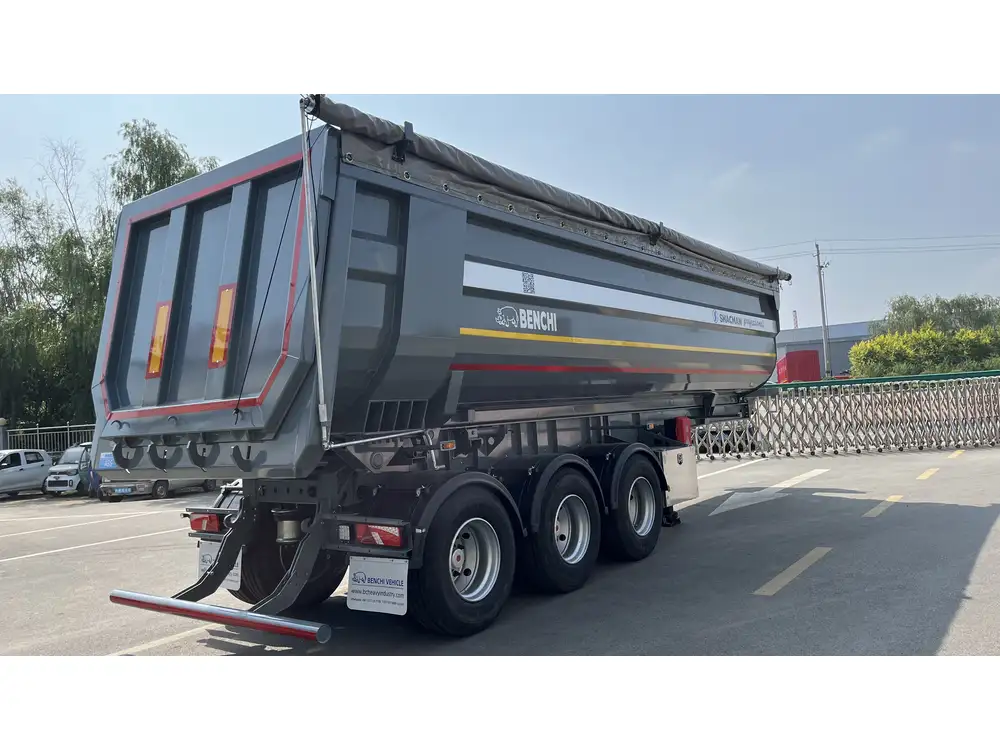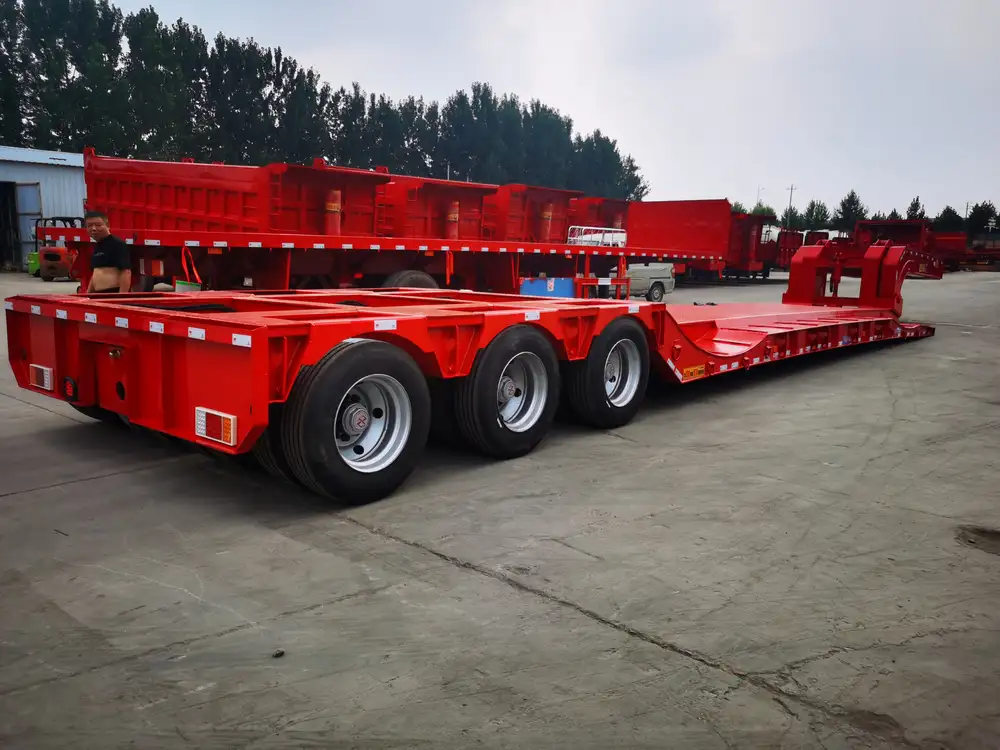Introduction to Data-Link Frames
In the realm of computer networking, data-link frames serve as the critical units of data transfer within a local area network (LAN). These frames effectively encapsulate data packets for transportation over various protocols. However, just as important as the payload data itself is the structure that surrounds it: the trailer.
What is a Data-Link Frame Trailer?
At its core, the trailer of a data-link frame is appended to the end of the frame structure, functioning as a safeguard and checksum to ensure that the data transmitted has been received accurately without error. This is particularly essential in high-speed networking environments, where the integrity of data is paramount.

Key Functions of the Trailer
Error Detection:
- The primary role of the trailer is error detection. It employs various algorithms, most notably the Frame Check Sequence (FCS), to verify that the data has not been corrupted during transmission.
Method Description Cycle Redundancy Check (CRC) Commonly used to detect errors by calculating a checksum based on the frame’s contents. Checksum A simplistic approach where the sum of byte values in the data is calculated; often less reliable than CRC. Framing:
- Trailers help signal the end of the data frame, serving as a boundary marker. This is crucial in distinguishing multiple data frames within a single transmission stream.
Handling Control Information:
- Certain protocols may embed additional control-oriented data within the trailer, facilitating smooth communication and processing.
Components of a Data-Link Frame Trailer
Frame Check Sequence (FCS)
The FCS is the linchpin of any data-link frame trailer, typically utilizing CRC algorithms to accomplish a robust error-checking mechanism.
- How FCS Functions:
- When a data-link frame is created, the sender calculates a FCS code based on the contents of the data frame. Upon reaching the receiver, the receiver recalculates the FCS using the data it received and compares it to the FCS sent. If they match, the frame is considered intact; if not, the frame is flagged for retransmission.

Trailer Structure
A trailer typically encompasses a few key fields:
| Field | Description |
|---|---|
| Frame Check Sequence (FCS) | A checksum for error detection, often using CRC. |
| Padding | Extra bits may be added to meet a frame size requirement, ensuring consistency across transmissions. |
| End-of-Frame Delimiter | A special sequence that signals the termination of the frame to the receiver. |
Additional Components
Depending on the protocol and context of use, a trailer may also include:
- Sequence Number: Affects how frames are reassembled at the receiver, providing clarity on the correct order of frames, especially in multi-fragment transmissions.
- Acknowledgment Field: Used in protocols like Automatic Repeat reQuest (ARQ), where the trailer contains information about successfully received frames.
Importance of Data-Link Frame Trailer in Communication Protocols

Enhancing Reliability
In a world increasingly reliant on fast and accurate data transmission, the trailer ensures that systems can trust the data they are processing. Our reliance on modern communication protocols hinges fundamentally on these smaller units working effectively.
Protocol Standards Emphasizing Trailers
Different networking protocols place varied importance on trailers:
- Ethernet: The Ethernet protocol designates a specific format for frames, including a FCS that constitutes the trailer.
- Point-to-Point Protocol (PPP): The PPP integrates trailers containing control information and error detection codes for reliable point-to-point communication.
- Wireless Communication Standards: Protocols such as Wi-Fi incorporate trailers to maintain integrity across a potentially noisy transmission environment.
Comparison of Data-Link Protocols and Their Use of Trailers
The table below highlights how various data-link protocols utilize trailers, showcasing their distinct methodologies.
| Protocol | Trailer Components | Error Detection Mechanism | Notes |
|---|---|---|---|
| Ethernet | FCS, Padding | CRC | Widely used in LAN setups. |
| PPP | FCS, Control Fields, Padding | CRC | Used for WAN connectivity. |
| Wi-Fi (802.11) | FCS, MAC address | CRC | Essential for wireless noise handling. |
| Frame Relay | FCS, Padding, Control Information | CRC | Focuses on data in transit. |

Challenges and Best Practices in Data-Link Frame Trailers
Common Issues
Frame Loss:
- One of the critical challenges is frame loss due to network congestion or hardware failure, emphasizing the need for robust mechanisms within the trailer.
Synchronization Problems:
- Timing issues can lead to frames being interpreted incorrectly, necessitating precise delimiter markers.
Best Practices
- Regularly Update Protocols: Ensuring that the relevant protocols are kept up-to-date with the latest standards can minimize errors in data transmission.
- Utilize Robust Error-Checking Algorithms: Implementing advanced error-checking methods, such as enhanced CRC, can aid in improving data integrity.
- Conduct Thorough Testing and Monitoring: Regularly testing the communication system for vulnerabilities can help in preemptively addressing potential issues.

Use Cases for Understanding Data-Link Frame Trailers
Data Center Operations
In large data centers, where numerous systems communicate over Ethernet, understanding the trailer components of data-link frames becomes imperative for maintaining optimal performance. A significant emphasis on error detection reduces downtime and fosters reliability.
Internet of Things (IoT) Deployment
With the surge of IoT devices, ensuring consistent data integrity through robust trailer components is critical. Many devices transmit small amounts of data sporadically, heightening the importance of accurate receipt and acknowledgment signals embedded within trailers.

Telecommunications
In telecommunication networks where frames traverse multiple nodes, effectively managing data-link frame trailers becomes vital. The error detection and handling mechanisms built within trailers are essential for maintaining service quality.
Conclusion
Delving into the composition and functionality of the data-link frame trailer unravels a wealth of knowledge that extends beyond mere data transfer protocols. The efficacy of networking hinges largely on components such as trailers, which play a crucial role in ensuring data accuracy, reliability, and orderly management of frames. By adopting best practices and keeping abreast of protocol advancements, networking professionals can safeguard the integrity of transmitted data, thus facilitating seamless communication across diverse technological environments.
This comprehensive exploration of the trailer of data-link frames illustrates their significance in the data transmission landscape. By encapsulating critical information for error detection and frame termination, these components are the unsung heroes behind reliable and efficient communication protocols in modern networking.



